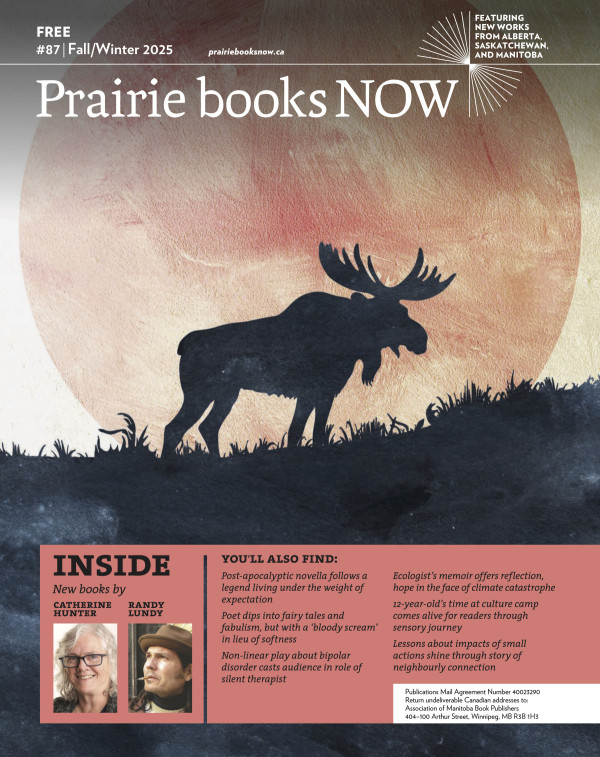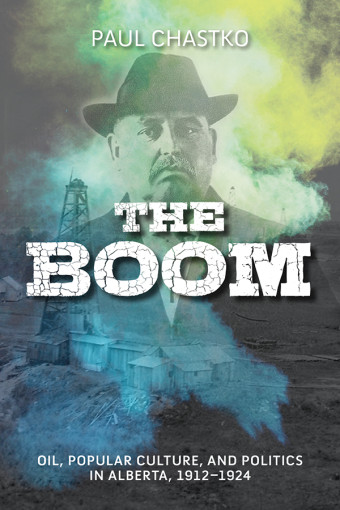In his memoir The Many Names of Robert Cree: How a First Nations Chief Brought Ancient Wisdom to Big Business and Prosperity to His People, Elder and former chief Robert Cree shares his harrowing involvement in the Sixties Scoop and the residential school system, his later struggles with addiction, and his journey toward healing and reconnecting with his culture.
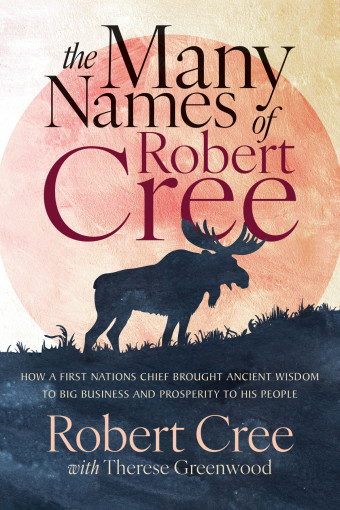
- The Many Names of Robert Cree
- Robert Cree, Therese Greenwood (Co-author)
- ECW Press
- $26.95 Paperback, 328 pages
- ISBN: 978-17-70418-30-1
He also recounts his time as chief of Fort McMurray First Nation, his dealings with the oil industry, and his efforts to bring economic opportunities to his community. Ultimately, this is a deeply moving story of forgiveness and healing.
The memoir is a collaborative effort between Cree and author Therese Greenwood. The two worked together at the Multicultural Association of Wood Buffalo and would often share life stories over coffee.
“As soon as I heard some of Robert’s incredible story, I knew other people needed to hear it, and he graciously agreed to work together,” Greenwood recalls.
Cree was elected chief of Fort McMurray First Nation in 1980 at the age of 27, and he immediately set to work providing development opportunities for his community.
“I have always felt that something was not right with the way the government treated the First Peoples of this country. First of all, there was never any sharing of the revenue that they make out of the resources that they’ve been helping themselves to,” Cree explains. He advocated for his community to have more involvement in projects affecting the First Nation.
Cree developed employment deals with Syncrude, a major player in the oil sands. “We’d send our people to school, get them upgraded, get them some kind of a degree so they can go to work. And then we had, I think it was 13 per cent Indigenous employment at Syncrude,” he says.
Cree’s impact on industrial projects in his community continued. When Alberta-Pacific Forest Industries began logging in the area, Cree encouraged them to do so in a zigzag pattern to protect the wildlife and traditional medicines.
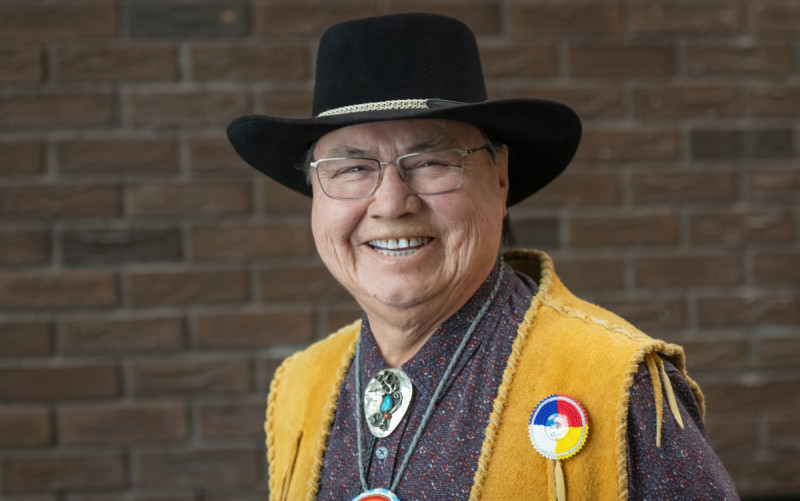
Incorporating traditional Indigenous wisdom in such projects is important to Cree. “The only way this thing is going to work is if science and the Elders or the Knowledge Keepers come together and work together,” he says.
It is difficult to balance the protection of Indigenous and environmental rights with economic development. But, Cree insists, “You can do both things at the same time. Doesn’t need to be a political matter happening. If you want to sustain yourself as a community, as a nation, you have to work with it. You have to get something going for your community.”
Cree’s memoir of healing, forgiveness, and resilience will connect readers to larger issues facing Indigenous communities and resonate with them emotionally.
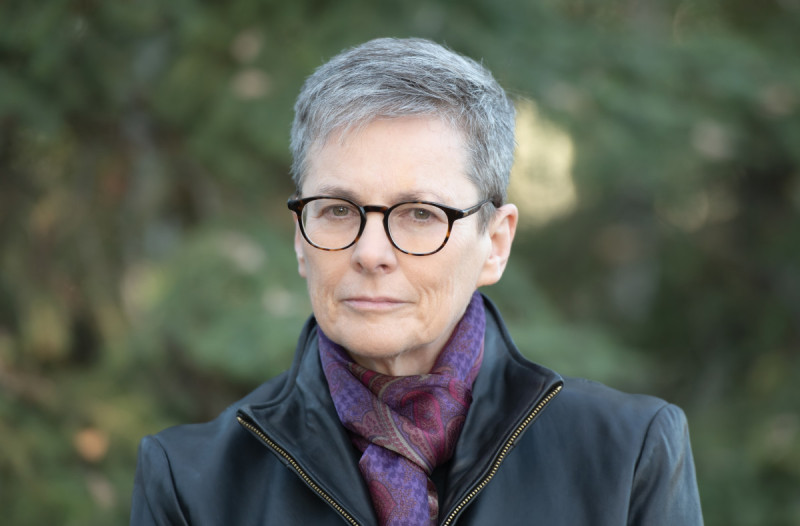
“He is guiding us along a simple path to a better world, and he is a living example of how to walk it, with dignity, empathy, and understanding for everyone. His commitment to the interconnectedness of humanity will resonate deeply with readers,” Greenwood says.
Cree has more basic hopes for his story, and simply says, “Whoever is going to be reading my book, enjoy it.”

